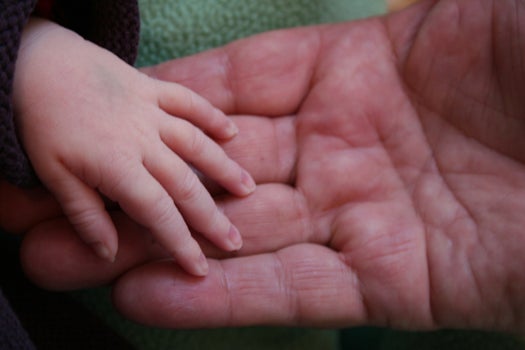Dead Human Skin Helps Clean The Air by Breaking Apart Ozone
In a boon to slobs everywhere, a recent study shows that the same dust we hasten to remove from our...

In a boon to slobs everywhere, a recent study shows that the same dust we hasten to remove from our mantles and windowsills when company calls is actually helping keep the air inside clean, reducing ozone levels by 2 to 15 percent.
Squalene, an oil found on skin cells, has six double carbon bonds in its molecules. These bonds can break apart ozone which, though great at protecting the Earth from radiation, is actually harmful down here on the ground. Breathing in too much ozone can cause lung damage.
Chemist Charles Weschler and his team analyzed dust from non-floor surfaces in Demark, showing that squalene was more effective than cholesterol (another oil found on skin) at removing ozone. And while previous research has shown that the skin, hair (especially dirty hair) and clothing of living humans removes significantly more ozone than dust, the dead skin cells in dust continue to react with ozone, even when humans are not present.
There’s no reason to let the dust build up, though–it could irritate allergies or even pass along microbes. Besides, the average human sheds around 500 million skin cells per day, meaning the squalene in your living room is being constantly replenished.